Case description:
A 53 year-old man was diagnosed with a metastatic Non-Small Cell Lung Cancer (mNSCLC) in 2021. This patient was a non-smoker. In 2022, a biopsy from a bone metastasis was tested using our OncoDEEP. The analysis revealed an EGFR exon 19 deletion (p.E746_A750del) which is an activating mutation. In addition, we detected an amplification of the MET gene (14 copies). The analysis of genomic signatures revealed a high Tumor Mutational Burden (TMB) and a positive HRD score for this patient. The immunochemistry analysis revelead a low expression of PD-L1 (22C3).
Clinical interpretation:
EGFR exon 19 deletion mutations are activating mutations. Thus, the mutation p.E746_A750del is predicted to result in a gain of function (PMID: 16373402; PMID: 16912195; PMID: 23387505). EGFR exon 19 deletions are associated with responsiveness to EGFR tyrosine kinase inhibitors (EGFR TKIs) therapy (FDA, EMA, ESMO, NCCN guidelines). However, amplification of the MET gene is considered as an acquired resistance mechanism to EGFR TKIs treatment and has been reported in all generations of TKIs (PMID: 30257958; PMID: 23470965; PMID: 20489150; PMID: 23829935; PMID: 27393507). MET amplification as an acquired mechanism resistance occurs in approximately 10%-15% of patients with NSCLC who have received erlotinib, gefitinib, or afatinib. Osimertinib, a third-generation EGFR TKI, is now used in the first-line setting for patients with advanced EGFR-mutant NSCLC. Despite this more potent inhibition to EGFR signaling, MET amplification remains a major resistance mechanism, occurring still in about 15% of patients with treatment failure of first-line osimertinib, and 10%-22% of patients following second-line osimertinib. Altogether, that information indicates that the patient should not be sensitive to EGFR-TKI. Even if, we cannot make any final conclusion about the benefit of MET inhibitors, some clinical trials were recruiting.
In addition, based on high TMB and the level of PD-L1 expression, treatment based on PD-1/PD-L1 inhibitors could be associated with potential clinical benefits for this patient. Pembrolizumab is FDA-approved in NSCLC with PD-L1 low expression and/or with TMB-high.
Finally, we observed a positive HRD score for this patient. Deficiency in HRR (HRD) is a target for PARP inhibitors. PARP inhibitors have been approved by the FDA for ovarian cancer that is HRD positive. (read also our white paper on HRD assessment) Even if we cannot make any conclusion about the benefit of PARP inhibitor in NSCLC, some clinical trials were recruiting.
